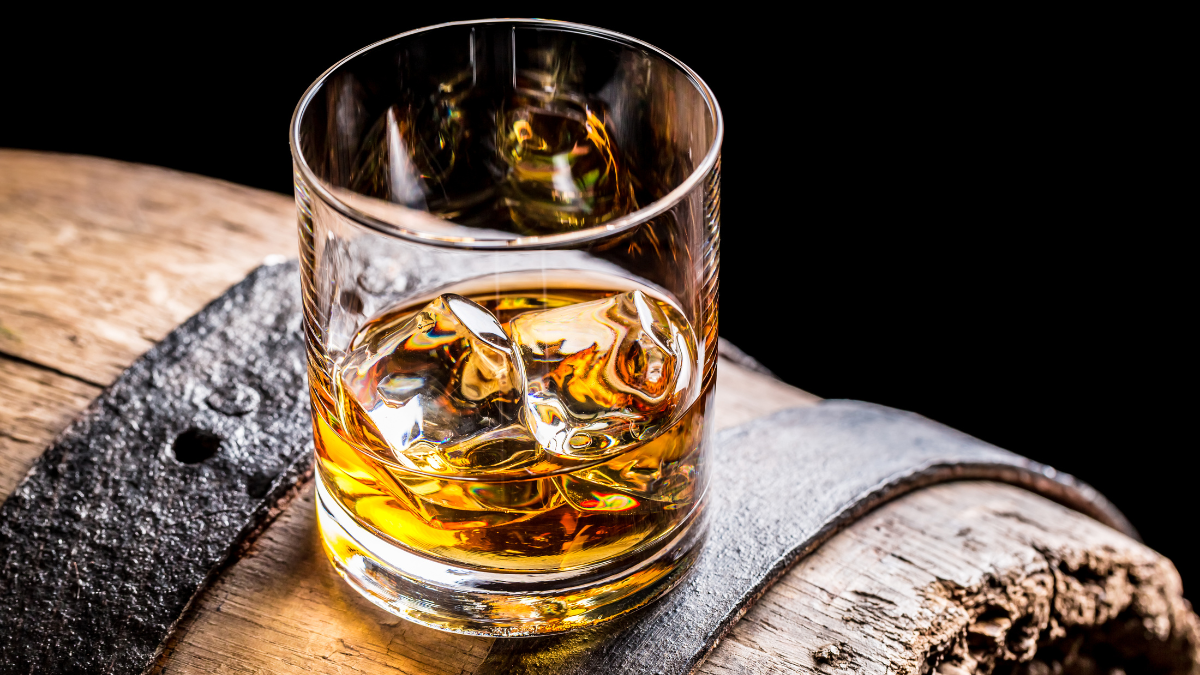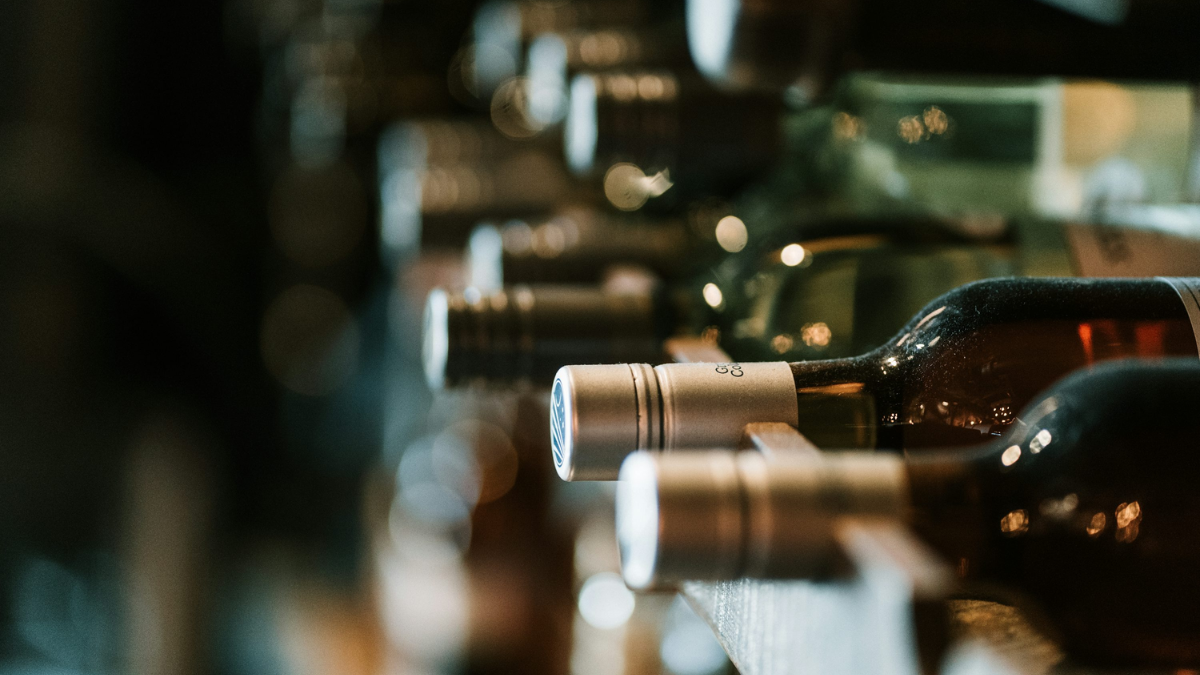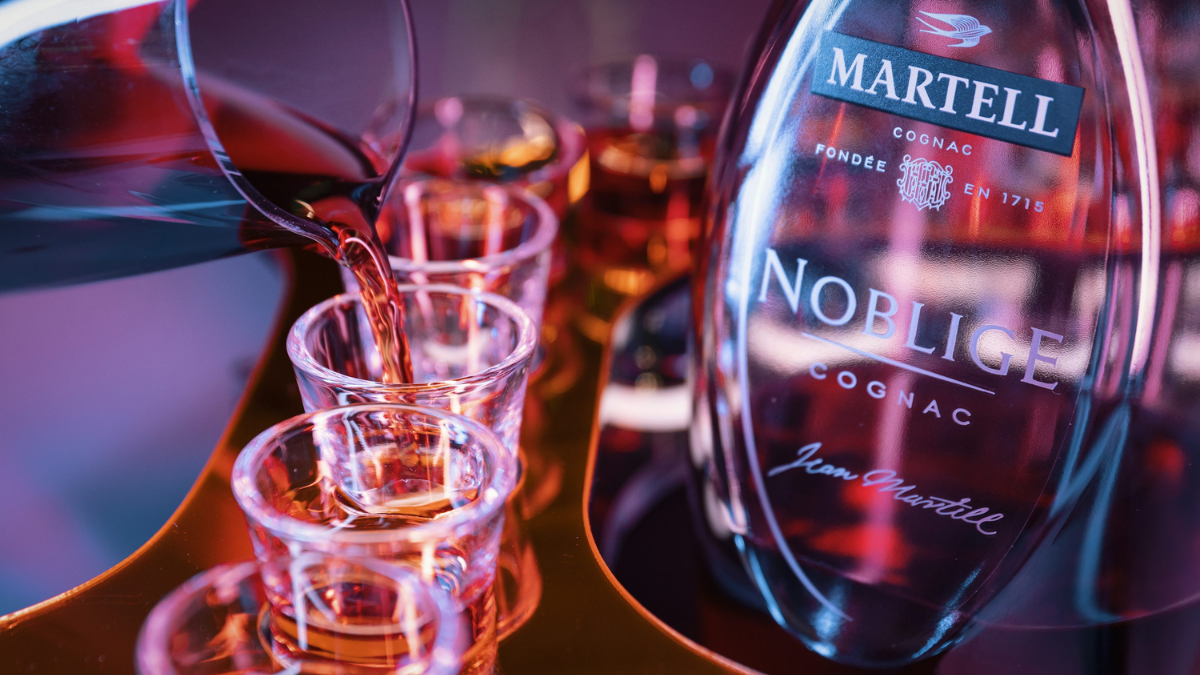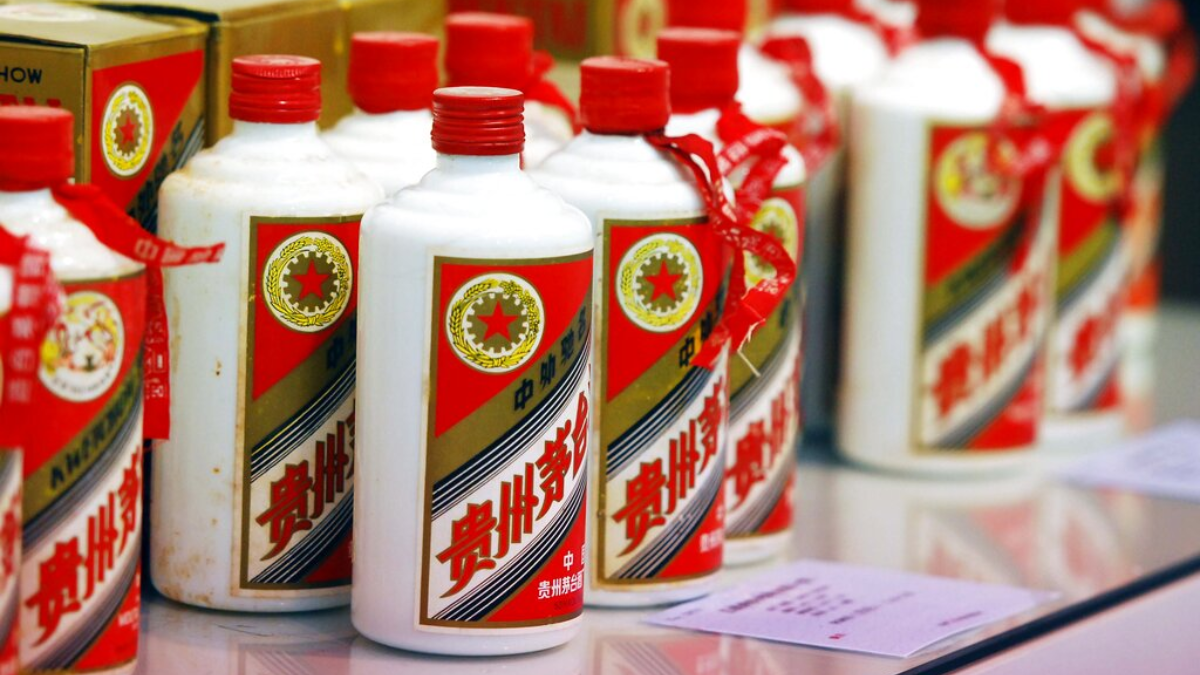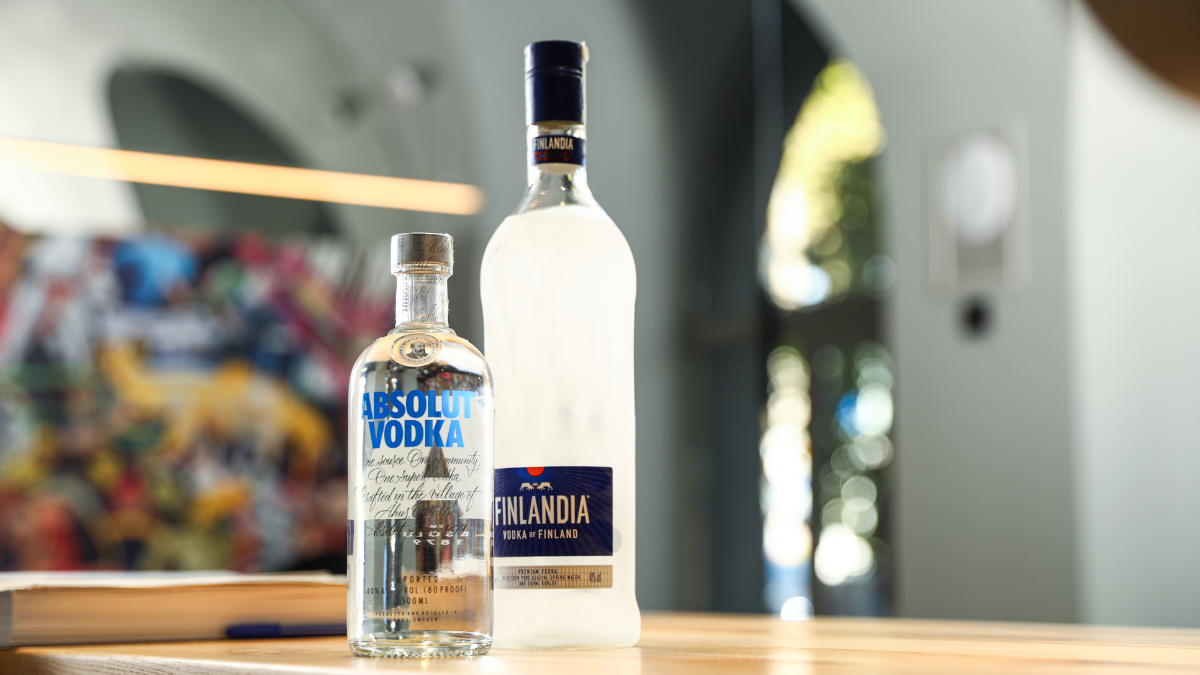
The world of whisky is witnessing a remarkable transformation, with Indian whisky rapidly ascending the global ranks. This evolution is not just reshaping India’s ₹2.47 trillion (approximately $33 billion) spirits market, but also redefining the global perception of whisky. The recent accolades and burgeoning popularity of Indian single malts like Indri, Amrut, and Rampur are a testament to this seismic shift.
Regional Variations in Indian Whisky Production
One of the most fascinating aspects of Indian whisky production is the influence of regional variations, which contribute significantly to the diversity of flavor profiles. India’s vast and varied landscape offers a unique palette of climatic conditions and natural resources, each imparting a distinct character to the whisky produced. For example, whiskies from the foothills of the Himalayas in the north benefit from the purity and mineral content of the mountain water, lending a subtle crispness to the spirit. In contrast, the southern regions, known for their tropical climate, contribute to a faster maturation process due to higher average temperatures, resulting in whiskies with a richer and more intense flavor profile.
Additionally, the type of barley used, often locally sourced, varies from region to region. Barley grown in the lush fields of Punjab or Rajasthan, where the soil and climate conditions differ markedly from those in other parts of the country, can yield grains with unique flavor profiles that are then reflected in the whisky. Distilleries in these regions often take pride in their local sourcing, which not only supports the local agricultural community but also ensures a distinct regional identity in their products. This regional diversity is a hallmark of Indian whisky, allowing each distillery to offer something uniquely representative of its geographical and cultural terroir, thus enriching the overall tapestry of India’s whisky offerings.
The Rise of Indian Single Malts
Indian whisky, traditionally overshadowed by established global brands such as Glenlivet and Talisker, is now emerging as a force to be reckoned with. The meteoric rise of brands like Indri, which recently clinched the title of “World’s Best Whisky” at the Whiskies of the World Awards in San Francisco, underscores this trend. This accolade for Indri’s Diwali Collector’s Edition, priced at ₹34,960 ($421), is a significant milestone in India’s whisky journey.
What sets Indian single malts apart is the unique terroir – sugarcane and mustard fields replace the traditional peat bogs, contributing to a distinctive flavor profile that is resonating with connoisseurs worldwide. The success of these brands is reflective of a broader trend: Indian whisky soared by 144% in 2021-22, outpacing the 32% growth in Scotch, according to IWSR Drinks Market Analysis.
India’s Whisky Market Landscape
India’s preference for whisky over beer sets it apart from many Asian countries. This preference has been further fueled by global recognition, increased affluence, and a diversifying palate among Indian consumers. The COVID-19 pandemic, surprisingly, played a role in this shift, with many exploring new brands during lockdowns.
The Indian whisky market is not just about volume but also about premiumization. Brands like Amrut, which saw a staggering 183% growth and dethroned Glenlivet as India’s top-selling single malt, exemplify this trend. The market is also becoming increasingly competitive, with international players like Pernod Ricard and Diageo launching India-specific single malts like Longitude 77 and Godawan, respectively.
Production and Expansion: Balancing Tradition with Innovation
Embracing Traditional Methods and Modern Techniques
The production process of Indian whisky represents a captivating interplay between age-old traditions and contemporary innovations. Distilleries like Piccadily, the makers of the acclaimed Indri, are ambitiously increasing their production capacities while meticulously preserving the unique flavor profiles that set their whiskies apart. This delicate balance involves selecting high-quality Indian barley and water sources, coupled with time-honored distilling methods, refined to perfection over the years.
The Art of Aging: Indian Whisky’s Unique Advantage
A key component of Indian whisky’s production is its distinctive aging process. Many Indian whiskies are aged in oak casks previously used for bourbon or wine, infusing the whisky with intricate flavors. India’s warmer climate plays a pivotal role here, accelerating the maturation process compared to cooler regions. This accelerated aging contributes to a distinct taste profile, rapidly gaining international recognition and appreciation.
Scaling Up Without Compromising Quality
Indian distilleries are not only expanding their production facilities but also focusing on maintaining the high quality of their whiskies. This scale-up includes increasing the number of aging casks and enhancing bottling lines. For example, Piccadily is planning a significant increase in its cask inventory to meet growing global demand. However, this expansion isn’t solely about quantity; maintaining the exceptional quality that defines Indian single malts is paramount.
Global Ambitions: Meeting International Standards and Tastes
As Indian whisky brands like Indri venture beyond domestic borders, they must align with various international standards and preferences. Adapting to a global palate while retaining their unique Indian character is a strategic move for these distilleries. This international outreach not only broadens their market reach but also introduces the distinctive flavors of Indian whisky to a wider audience.

Cultural Integration and Marketing
Indian whisky brands are ingeniously integrating local elements into their marketing strategies. The use of Bollywood stars and Indian music in promotional campaigns creates a unique cultural appeal. Additionally, the incorporation of local ingredients like Kashmiri saffron and Alphonso mangoes in whisky cocktails further showcases the versatility of Indian single malts.
The Future of Indian Whisky
The future of Indian whisky looks promising, with a projected annual growth of 13% until 2027, compared to 8% for Scotch. This growth is not just in terms of volume but also in the diversity of offerings and innovation in production techniques.
The success of Indian whisky is a source of national pride, as echoed by consumers like Aditya Prakash Rao, who prefer Indian malts for their compatibility with Indian cuisine and the sense of national identity they invoke.
Conclusion
Indian whisky is more than just a trend; it’s a burgeoning category with immense potential. The shift from “whisky in India to Indian whisky,” both domestically and globally, signifies a pivotal moment in the spirits industry. With brands like Indri leading the charge, the world is waking up to the rich, diverse flavors of Indian single malts, making them a category to watch in the coming years.


